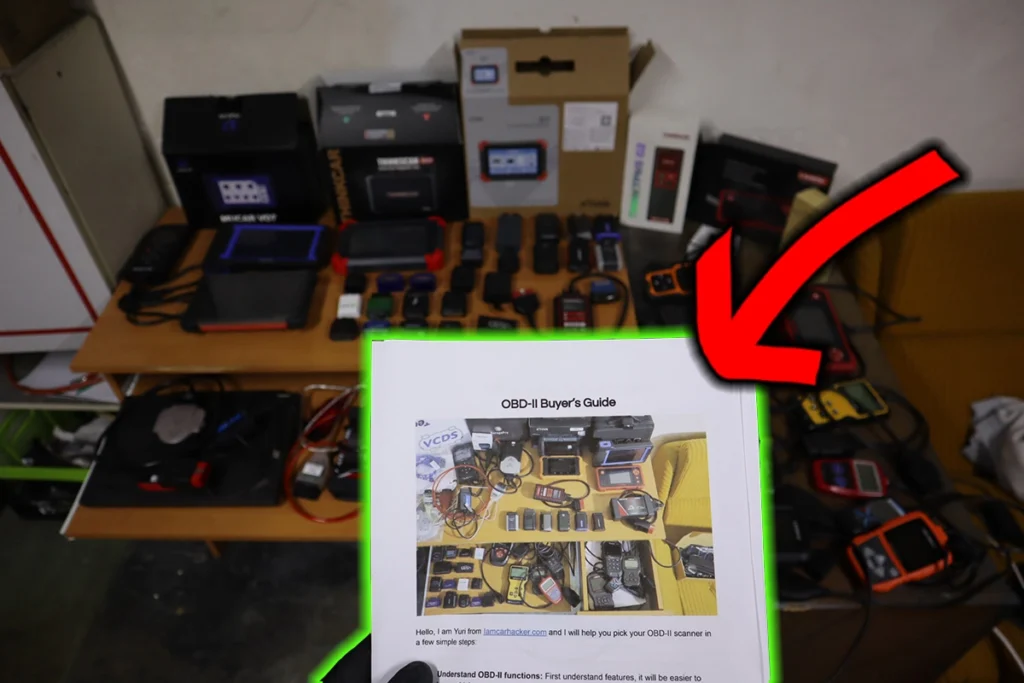The P2BAA: NOx Exceedence – Low Reagent Consumption refers to a problem where the Selective Catalytic Reduction (SCR) system is consuming less reagent (typically Diesel Exhaust Fluid, DEF) than expected, which can lead to insufficient NOx reduction. This can be caused by a faulty consumption sensor or issues within the reagent delivery system, preventing the system from using the necessary amount of reagent to reduce emissions effectively.
P2BAA – Quick Overview
| Code | Information |
|---|---|
| Meaning | P2BAA: NOx Exceedence – Low Reagent Consumption |
| Is it serious? | Yes, this issue can lead to higher NOx emissions and may cause the vehicle to enter limp mode or trigger warning lights. |
| Possible causes | – Low reagent consumption due to system fault – Faulty consumption sensor – Issues with the reagent delivery system |
| How to diagnose? | – Check the reagent consumption levels – Inspect and test the consumption sensor – Verify proper operation of the reagent delivery system |
P2BAA Meaning
The P2BAA: NOx Exceedence – Low Reagent Consumption code indicates that the SCR system is not using enough reagent to adequately reduce NOx emissions. This may be due to a problem with the reagent consumption sensor, issues with the dosing pump or injector, or other faults within the reagent delivery system. When the system uses less reagent than needed, NOx emissions can exceed legal limits, affecting the vehicle’s compliance with emissions regulations.
Step-by-step diagnostic guide
| Action | Description | Tools Needed |
|---|---|---|
| Check Reagent Consumption Levels | Verify the amount of reagent (DEF) being consumed by the SCR system over time. Compare consumption levels to manufacturer specifications. If consumption is low, investigate further. | Diagnostic Tool, Consumption Data |
| Inspect and Test Consumption Sensor | Test the reagent consumption sensor to ensure it is accurately tracking fluid usage. Replace the sensor if it is faulty or giving incorrect readings. | Multimeter, Diagnostic Tool |
| Verify Operation of Delivery System | Inspect the reagent delivery system, including the dosing pump and injectors, for proper function. Look for blockages, leaks, or mechanical issues that could restrict reagent flow. | Visual Inspection Tools |
| Address Faults in the System | Repair or replace any faulty components within the reagent delivery system, such as the pump, injectors, or sensor. Make sure all parts are functioning correctly after repairs. | Mechanic Tools |
| Clear the Code and Test Drive | After repairs, clear the fault code using an OBD-II scanner. Take the vehicle for a test drive to confirm that the reagent consumption levels return to normal. | OBD-II Scanner, Vehicle |
| Recheck for Codes | After the test drive, re-scan the vehicle to ensure that the P2BAA code has not returned. If it does, further diagnostics may be required. | OBD-II Scanner |
Free PDF: How to choose OBD2 scanner

I’ve made you a free PDF to choose the OBD2 scanner in 5 minutes.
✅ Which OBD2 scanner is best?
✅ Which type should you get (DIY, Pro, Hobby)
✅ What is the best scanner for the exact brand/feature (e.g best for BMW)
✅ How to get a Bi-Directional tool for as cheap as $40
✅ Discount coupons for scanners
PDF is 100% free and it is designed to help you pick a scanner in less than a few minutes! Not a boring 50-page guide.
Just tell me where to send it.

Hi, I am Juraj “Yuri” Lukacko. I got frustrated by unhelpful and scammy mechanics, so I decided to learn everything about car diagnostics myself. I test dozens of new car diagnostic tools every month along with learning new strategies to fix and customize cars. About Juraj Lukacko (Yuri)